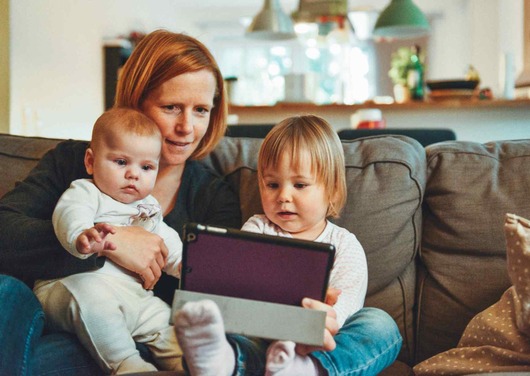March 12, 2020
Telehealth & COVID-19
As the coronavirus continues to spread around the globe, it is important now more than ever to play it safe. Unfortunately, playing it safe means cancellations and delays of colossal events like SXSW and Coachella and suspensions or the removal of live spectators from the excitement of “March Madness”, NBA games, and ATP events.
Originating in China and spreading to 31 different countries, including the United States, COVID-19 or the coronavirus is bringing entertainment and classrooms alike to a screeching halt. Institutions like Harvard and UCLA have joined the many universities that have sent their students packing in the virus’ wake.
However, one thing you cannot put on hold is your health.

Preliminary data suggests that the virus can be transmitted person to person and people with compromised immune systems are particularly at risk. For many, leaving the safety of their home is simply not an option.
Fortunately, telehealth is becoming a strikingly simple and effective alternative to providing in-person patient care to at-risk patients.
The House of Representatives recently included a provision in an $8.3 billion emergency response bill approved on March 6th that would temporarily lift restrictions on Medicare telehealth coverage to assist in the efforts to contain the virus.
The bill enables the Secretary of Health and Human Services (HHS) to “waive or modify application of certain Medicare requirements with respect to telehealth services furnished during certain emergency periods.”
Telehealth (also known as Telemedicine and Telerehabilitation) allows medical professionals, including physical therapy practitioners, to provide virtual care to patients in their homes. This is especially beneficial to PTs (physical therapists) and Pts (patients) alike, because it lowers the risk of exposure and eliminates any hitches in their care plans.
While the outbreak provides an additional risk for certain patients, it also gives telerehabilitation a chance to redefine itself. Typically seen as a convenience or luxury for most practitioners, it is now filling a pivotal gap in emergency patient care.
It is a way for therapists and patients to maneuver around the virus’ impact and utilize technology to consult, advise, and plan ahead. For example, physical therapists and patients are able to video chat using HIPAA-compliant software to resolve any issues and ensure that care plans are being executed properly.
In the face of a medical emergency, it is up to all care providers to ensure that patients feel safe and empowered even in the face of an outbreak. Thanks to secure messaging and video chat software, providers and patients alike can greatly reduce the fear and risk of being exposed to the coronavirus.
Telehealth does not eliminate the risk completely, but it is insurance for the one thing that can’t be canceled or put on hold: your health.



